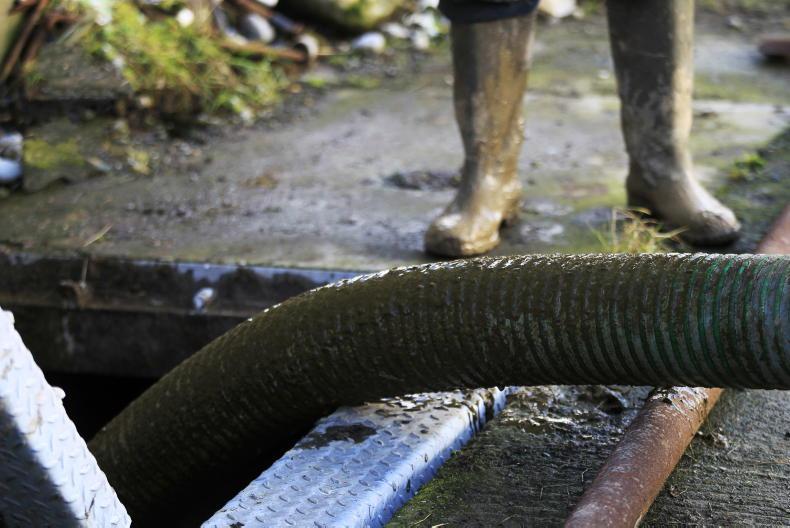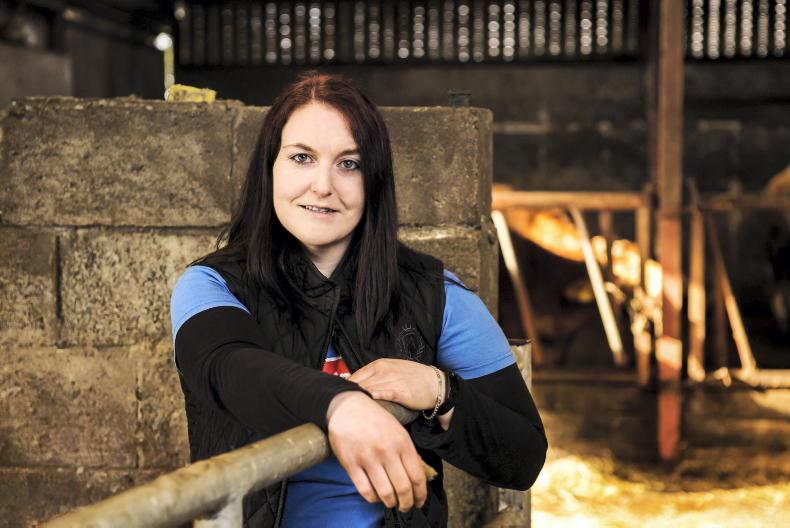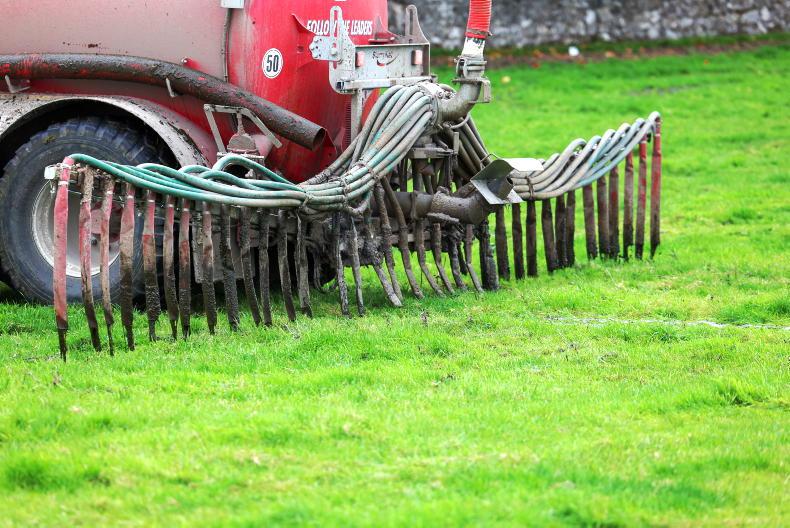While conditions are still less than ideal, they have been improving slightly each day as the rain ceases and ground gets a chance to soak out somewhat.
Most farmers I have talked to over the past month have had one thing on their mind; the ever-increasing level of the slurry tanks.
It’s been a spring of swapping slurry between tanks or sneaking out with some loads on the driest field of the farm, but with the current high pressure front creeping in, it might be time to both open the shed door and let some cattle out to grass, as well as getting slurry out.
The trick this year in grazing appears to be letting cattle out in small groups, and avoiding grazing too tightly. If ground conditions were to improve further, then cattle could be bunched together in larger groups and grass residuals hit harder.
For the time being, if there is silage ground fit for grazing, then this should be the priority ground to hit. Cleaning off this ground will kickstart growth, and leave a clean base for silage to be harvested in early summer. Regarding slurry, there are several boxes that you would like to tick when picking your perfect paddock, but in essence it will be looking at the driest fields with low grass covers.
If you are in the lucky position of having several dry fields, target those which are tested low fertility or are to be harvested for silage later in the year.
While using less will do little in the way of reducing N loss at this time of the year, it will help prevent contamination of grass.
Wesley Browne – Dunraymond, Co Monaghan
We started calving on 20 February, with two to four calves born every day now. With space becoming tight, 30 cows and calves have gone to grass in small batches of six cows/paddock.
We have been lucky that the weather is good and they’ve gone on to some dry ground, so damage is minimal. We will continue to turn out cows and calves as the weather allows.
Slurry has been a massive issue this year. We were lucky to get 40,000 gallons piped out on some sandy ground three weeks ago, but tanks have started to fill up again rapidly.
The young bulls are doing well, and have gained 1.7kg/day since their last weighing. They are on 8kg meal and 79 DMD silage.
System Suckler to beef
Soil Type Heavy
Farm cover (kg/DM/ha) 900
Growth (kg/DM/ha/day) 8
Demand (kg/DM/ha/day) 7
John Dunne – Portarlington, Co Offaly
Calving is progressing nicely, and it has slowed down in the last week or so, which has allowed us to get some preparation in for the next batch to calve.
We currently have 35 cows and calves out to grass, with some of these now out for the last three weeks. Calves have been doing a good thrive, even some of the smaller ones from the heifers.
They now have 20 acres of silage ground grazed, and the weanlings that were outwintered on our kale had 27 acres grazed out over the winter.
We now have close on 50 acres that we can hit with slurry over the weekend hopefully with the dry weather. We will spread 2,500/gallons/acre across this ground, and top up any silage swards with protected urea then later on.
System Suckler/dairy calf to beef
Soil Type Free draining
Farm cover (kg/DM/ha) 750
Growth (kg/DM/ha/day) 11
Demand (kg/DM/ha/day) 10
Stephen Frend – Newford Herd, Co Roscommon
We currently don’t have any stock out, but if this week remains dry we will aim to get some cows-calf pairs and the yearlings out.
Calving has been busy, with 70 cows calved since 1 February, indicating that we will have a six week calving rate of 83-85%. Both cows and heifers are going over their time quite a bit this year, with some carrying as much as 18 days over.
Yearling cattle received their clostridial vaccine, with maiden heifers receiving their lepto vaccine as well.
On their last weighing, the bullocks’ average weight was 392kg, an average daily gain from birth to 12 February of 0.96kg, with the heifers averaging 347kg, an average daily gain from birth of 0.84kgs.
System Suckler to beef
Soil Type Variable
Farm cover (kg/DM/ha) 813
Growth (kg/DM/ha/day) 3
Demand (kg/DM/ha/day) 0










SHARING OPTIONS